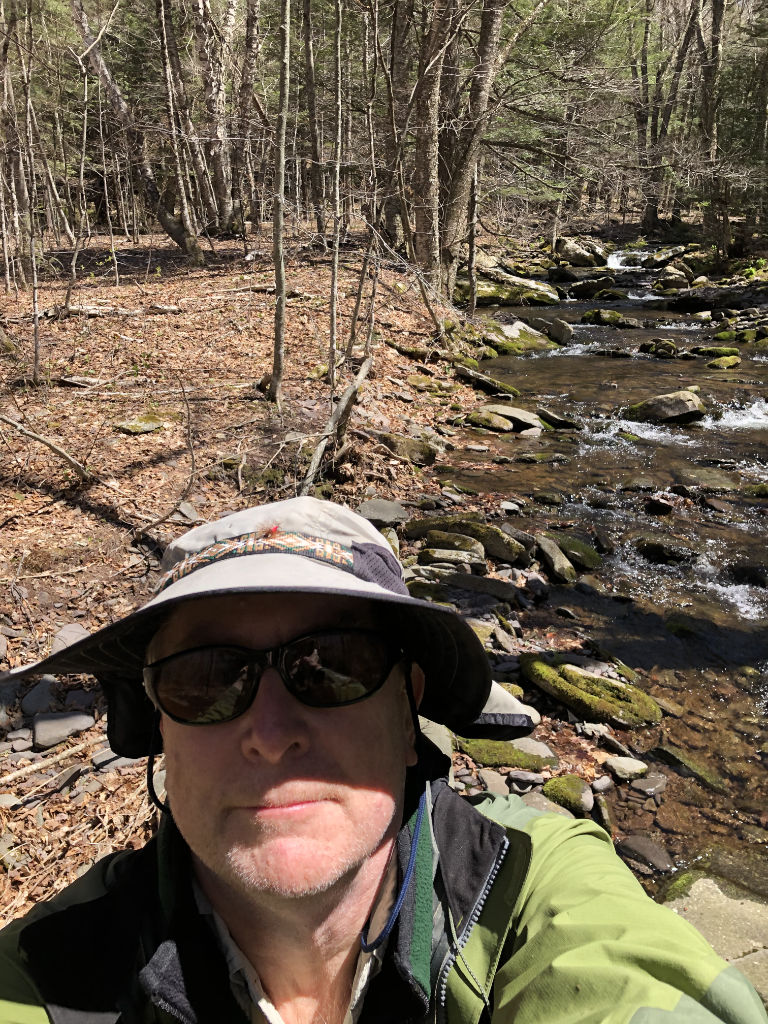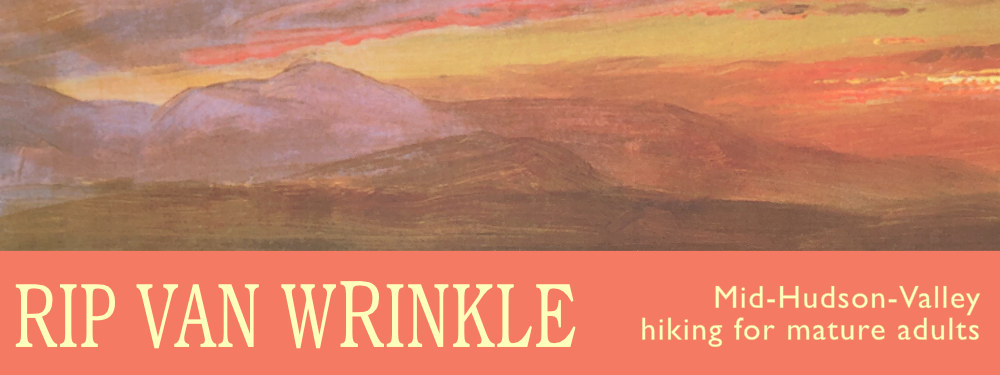Trail Safety

To be clear, none of the hikes on this website are particularly dangerous. However, by design, they take you away from “civilization”: immediate access to shelter, transportation, and medical assistance. So, especially as we age, it makes sense to take some common-sense precautions.
First, make sure you’re physically up to it; check with your doctor if you have any concerns at all. Most likely your physician will encourage you to do this, as hiking is generally considered one of the best exercises for lifetime physical fitness. On the other hand, if you’re on a medication that affects your balance, or at high risk of a heart attack, or suffer from a condition that puts you in a special risk category, you may need to exercise particular caution.
Second, once you start walking on uneven ground, I strongly urge you to buy a pair of lightweight hiking poles and learn how to use them. Frankly, I resisted this for years, thinking it made me look “old”. In my early sixties, I started hiking with a single pole, and it certainly helped with picking my way down steep trails, and avoiding falls. It wasn’t until I was 68 that I decided to add a second pole, and realized I’d been foolish to wait so long. One pole helps, but unbalances you. Two poles allow you to walk fully upright, in balance, and enable techniques to speed up your walking. They also offer even greater protection against falls.
Third, always carry a small pack with essential items. What’s “essential” depends on the season and length of your hike. Minimum is a water bottle and a snack. If you’re hiking more than an hour, add a waterproof shell, even if the forecast is fair. In winter add more food, extra warmth layers, a lightweight mylar space blanket, and ice creepers or hiking crampons.
Especially in the Catskills, please take these precautions seriously. A couple of years ago I went for 4-hour hike on what started as a lovely, warmish, blue-sky spring day. It was a popular trail, and many people were walking in t-shirts and shorts. About 3 PM, when I was still 20 minutes from my car, a cold front came through with almost no warning. One moment there were blue skies, then a few minutes later clouds, then temperature dropped noticeably and it became ominously dark. Even though I recognized the signs, I barely had time to avoid a soaking, just pulling on my rain parka before I was hit with a wind-driven deluge. All I could do was zip up and take shelter on the lee side of a big tree. The gusty winds lasted about 10 minutes until things calmed enough for me to continue walking. The rains stopped a few minutes later.
Since I was only a short distance from my car, and the parka kept me dry enough, it turned into a memorable experience. But I passed folks in soaked t-shirts looking like they were battling hypothermia. Had the front hit me when I was an hour from the car, and if I hadn’t been carrying the rain parka, it could have turned into something serious for me as well.
Respect the wilderness and you’ll be fine.
